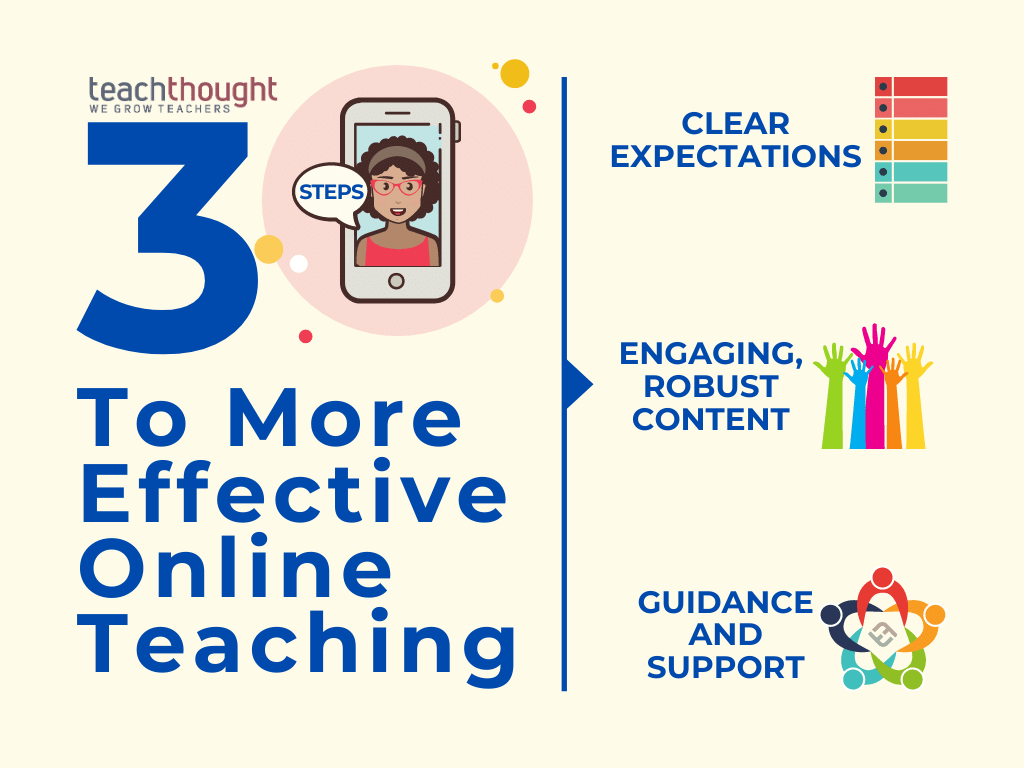
Use These 3 Steps To Accomplish More Effective Online Teaching
contributed by Drew Perkins
As the world continues to grapple with the effects of COVID-19 schools are increasingly being forced to meet the needs of students who are unable to attend in person. Effective teaching is difficult in any setting and doing so online challenges even the most tech-savvy teacher.
The complexities of online teaching and learning run deep and include considerations like synchronous (live), asynchronous (on-demand), blended and maybe flipped, limited student access and abilities, and more. That said, let’s start with some basic steps to be sure we’re getting off on the right foot.
Clear Expectations
Just as you’d want to be clear about setting norms and expectations in your physical classroom, you’ll also want to clarify those pieces in online teaching. Students will need to know what you expect of them behaviorally, academically, and cognitively. What are your norms and routines and are they consistently practiced and upheld? Are your instructions for any given task understandable and understood?
Consider communicating them orally and in written form and be sure they’re easily accessible. This goes for your eLearning course structure as well. Do students have clarity on the course structure as a sort of roadmap and can they retrieve that map if and when they feel like they’ve lost their way?
Engaging, Robust Content
I’ve written before about the importance of robust teaching and learning in the context of project-based learning and it makes sense that we want our online learning to be strong and vigorous, well-constructed, that performs under a wide range of conditions as well. What content and activities will cognitively engage learners by engaging them in meaningful critical thinking exercises and what we like to call Rich Inquiry?
The tech tools you choose can often make or break your instruction and assessment in terms of utility to you as the teacher and students as the end-users. Consider your purpose and pedagogy–something that Padogogy Wheel suggests–when selecting apps, sites, and any technology.
Guidance And Support
Many classrooms won’t have the benefit of the relationships, culture, and community they’d built over the course of the school year before the pandemic closed their doors in the spring. Even those who might have returning students and families because of looping or other reasons will want to focus on building and maintaining relationships that help your students connect and flourish as much as possible.
Consider including some social-emotional learning strategies in your routines and practices for students, and even yourself. Lastly, don’t forget to provide processes and platforms for kind, specific and helpful feedback–live and/or asynchronously–that helps students produce their best thinking and work.
Preparing For The Modern World
Hopefully soon we’ll be able to resume in person learning but the future of learning and school may well have shifted dramatically toward the online environment. What was viewed as an aberration before might be not only more tolerable, but actually preferred as we continue to navigate the modern world.
Regardless, these three basic steps can help provide a solid foundation from which to grow your teaching craft in the event you’re called upon to deliver learning to students unable to be in your presence.
